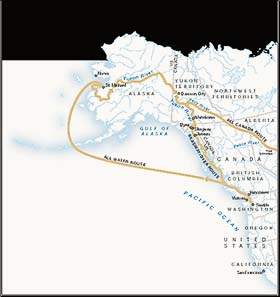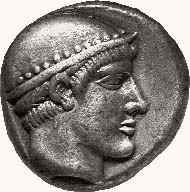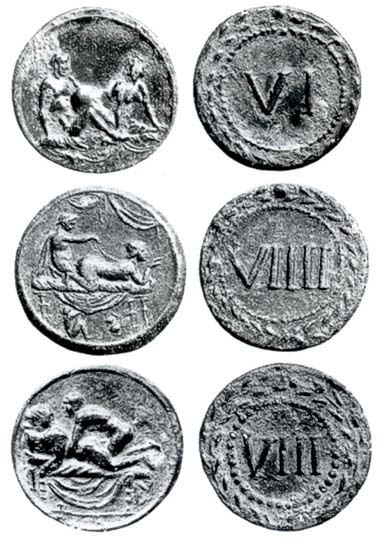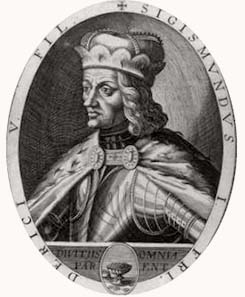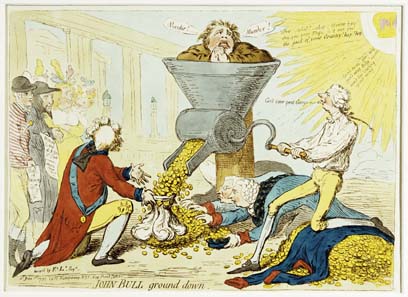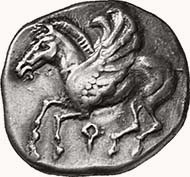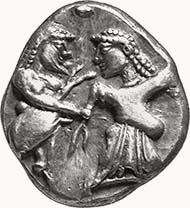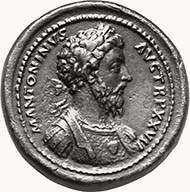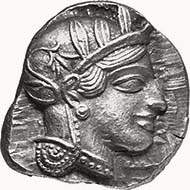Everybody likes a good laugh, especially at the weaknesses of others. Perhaps this is the reason why we all enjoy caricatures so much: because they make us laugh before we are taken aback and begin to reflect on them.
The Aareal Bank obviously agreed with this view since the management had decided 20 years ago to assemble a collection of caricatures focusing on the very intriguing relationship of people with money. For this purpose, roughly 300 original works by Sempé, Hogarth, Daumier, Hurzlmeier, Haitzinger and a great many others were brought together. Now the Wilhelm-Busch-Museum houses that material: the Aaereal Bank entrusted its collection to the “Deutsches Museum für Karikatur und kritische Graphik“ as permanent loan. A first exhibition was presented as early as 2009 – let us hope that many more will follow.







